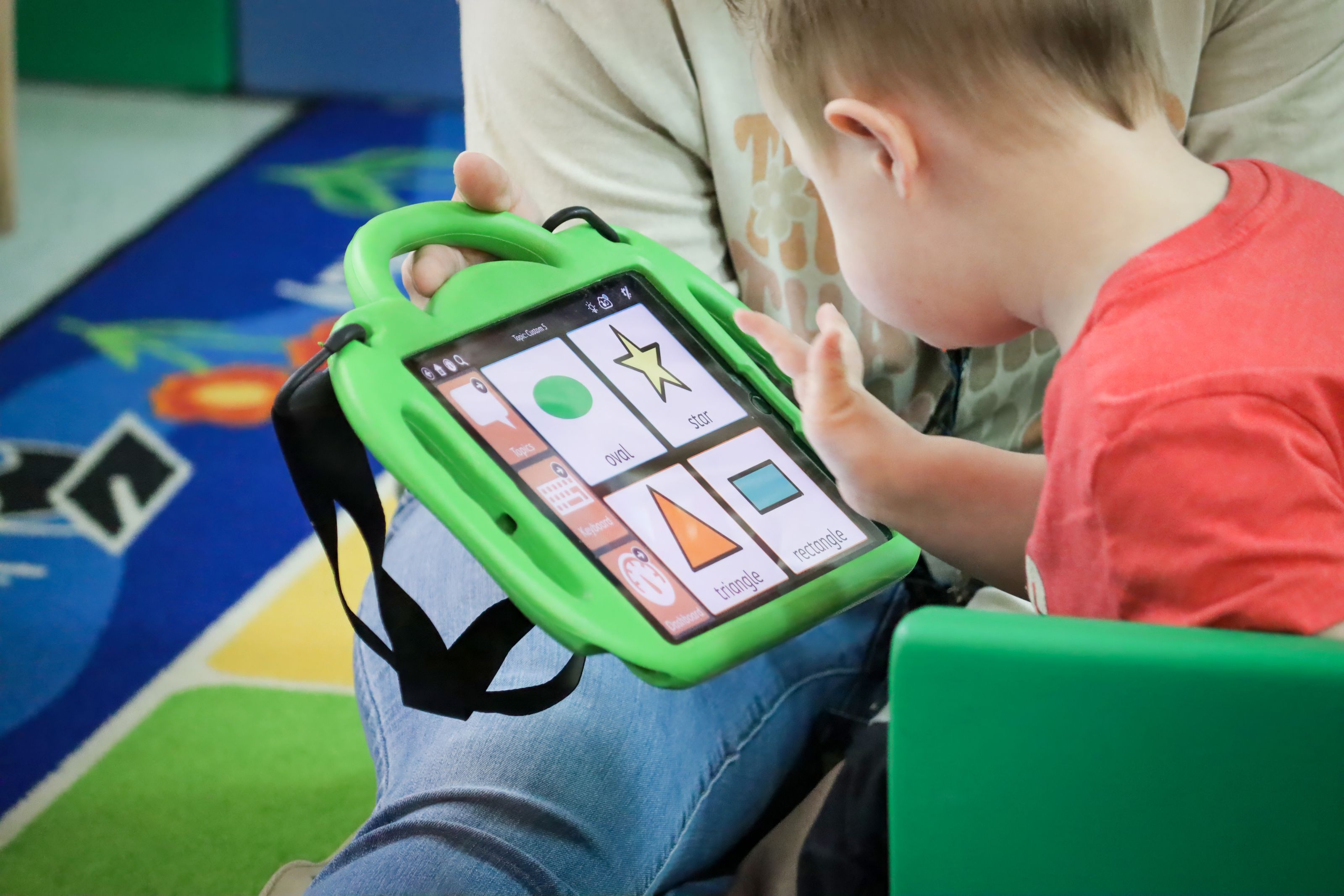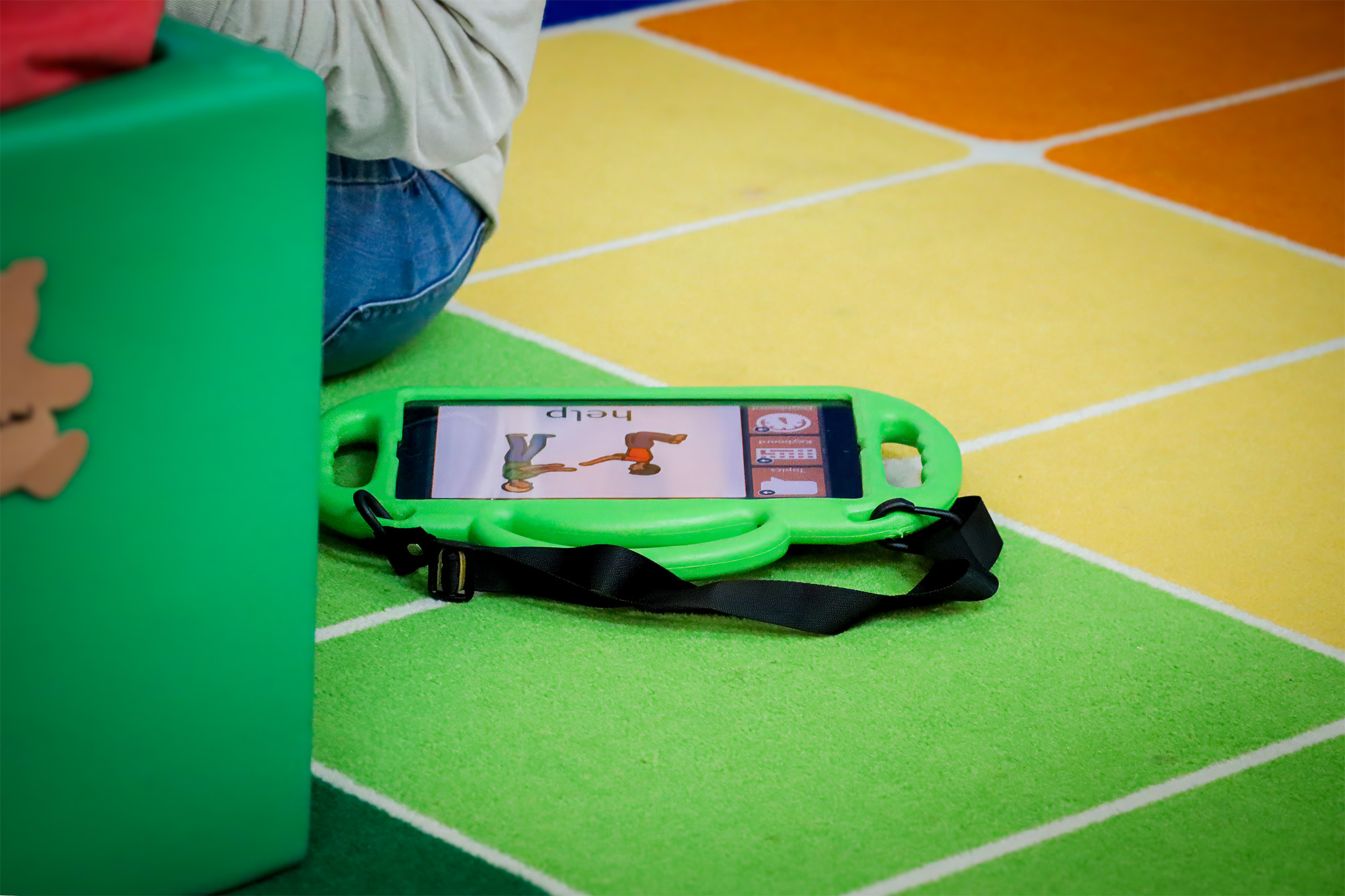Part 5 in our Series on Dismantling Societal Barriers to Communication Research
So far in this blog series, we’ve been breaking down the barriers that limit people who use AAC—those who can’t rely on speech alone to be heard. We’ve talked about systemic issues, technology challenges, and the powerful role of our own attitudes.
Now it’s time to shine a light on something that many of us can control—what we know, what we’ve been taught, and the skills we bring to our support roles.
Let’s talk about Knowledge and Skill Barriers.
⸻
What Are Knowledge and Skill Barriers?
These are the gaps that happen when people simply haven’t been taught how to support AAC use. It’s not about laziness or lack of care—it’s about a lack of training and experience.
This includes:
• Not knowing how to model on the device.
• Not recognizing when someone is trying to communicate.
• Not understanding how to set up or personalize AAC systems.
• Feeling unsure or overwhelmed when it’s time to troubleshoot or teach new vocabulary.
And yes—even the most well-meaning adults sometimes overtalk, rush the interaction, or fill in the blanks for the AAC user. We’ve all done it. But it gets in the way of authentic communication.
⸻
What Does This Look Like in Real Life?
• A paraprofessional who says, “I don’t touch the device—I’m afraid I’ll mess it up.”
• A parent who wants to help but has never been shown how to model at home.
• A classroom where AAC is “available” but left in a backpack during instruction.
• A student who knows more than anyone realizes—but never gets a chance to show it.
When the people around AAC users don’t know how to support them, opportunities to connect, grow, and participate start slipping away.
⸻
Here’s the Good News: These Barriers Are Fixable.
✅ Train the Communication Partners
Everyone on the team—teachers, therapists, bus drivers, peers, parents—can learn how to support AAC. And it doesn’t take hours of coursework. Just-in-Time (JIT) trainings, short videos, and simple checklists can go a long way.
✅ Use Strategy-Based Tools
Partner strategy tools like Senner and Baud’s “S’MORRES” or Tabi Jones‑Wohleber’s “Model as a MASTER PAL” are great starting points. They include simple, research-backed, and easy to remember strategies.
✅ Practice in Real-Life Contexts
Don’t wait for a perfect “therapy moment.” Practice at snack time, in math class, while walking to the car. Communication happens everywhere. When you are first learning just “do it messy!”
✅ Let AAC Users Teach Us
Whenever possible, include AAC users in staff trainings, university programs, or team meetings. Their insights help us understand what works—and what gets in the way. If you don’t yet know an AAC user who has reach an independent communication level, take a look at YouTube to meet some individuals who use AAC and have a lot to say of value. The Communication First channel is created by incredible people who use AAC, includingJordyn Zimmerman and Dr. Lateef McLeod. Their insight is invaluable to share with your families and teams new to AAC.
✅ Make It a Habit
Supporting AAC shouldn’t be a special event. It should be a daily routine. The more we practice, the more confident and natural it becomes.
⸻
Next time, we’ll look at one of the most personal and painful barriers: Social Isolation. Even when communication is technically possible, connection still takes effort—and intention.

















